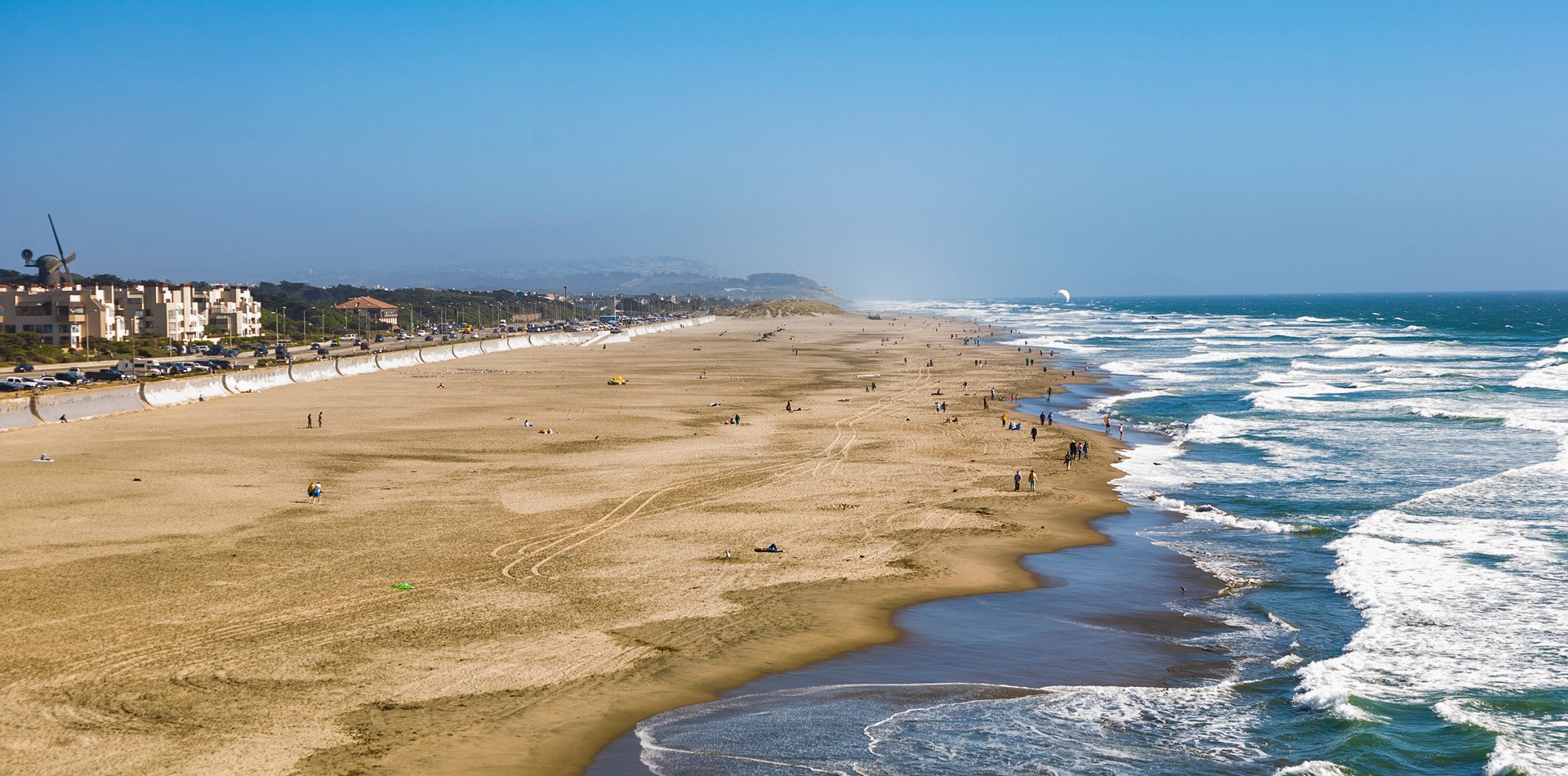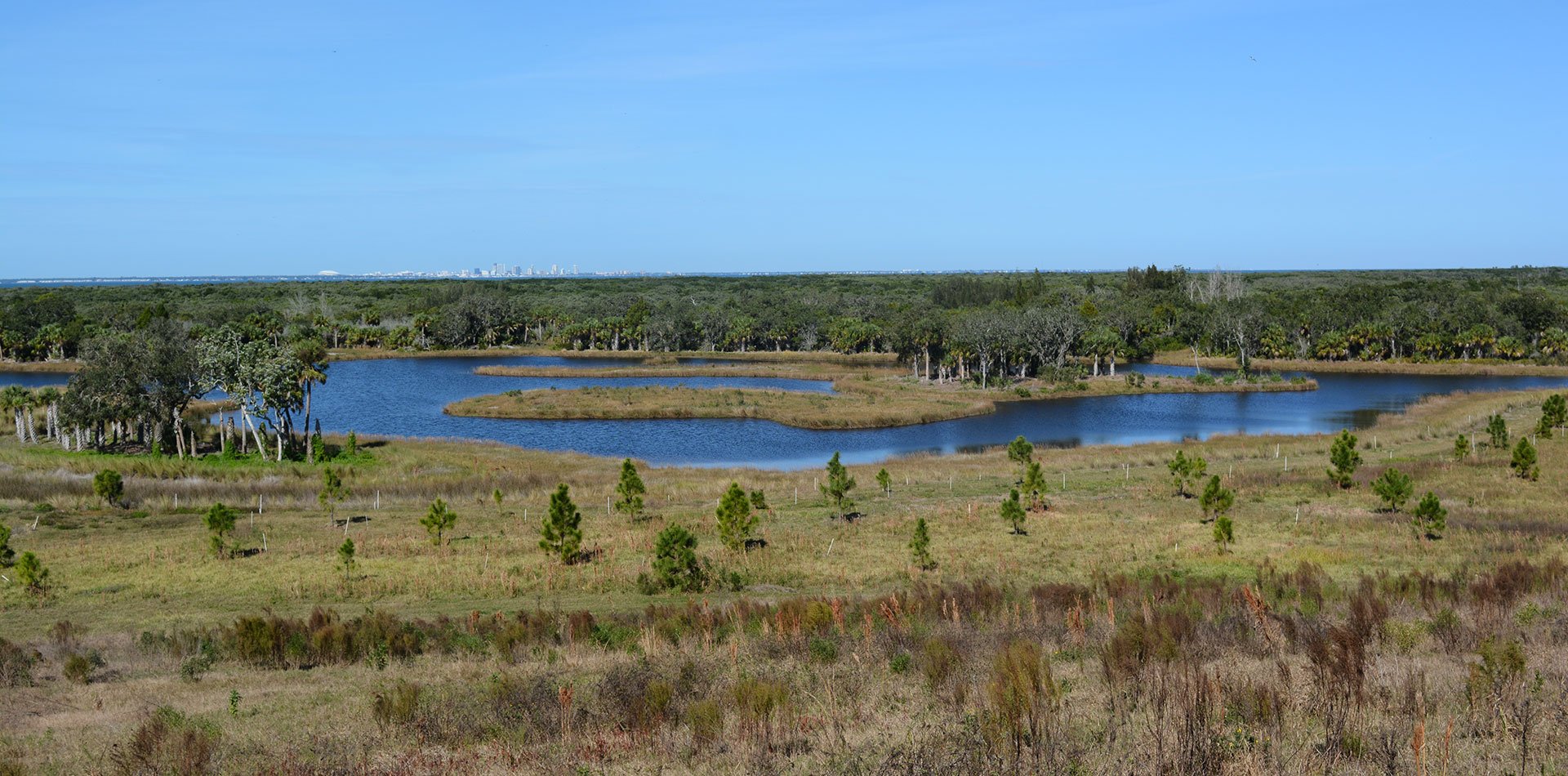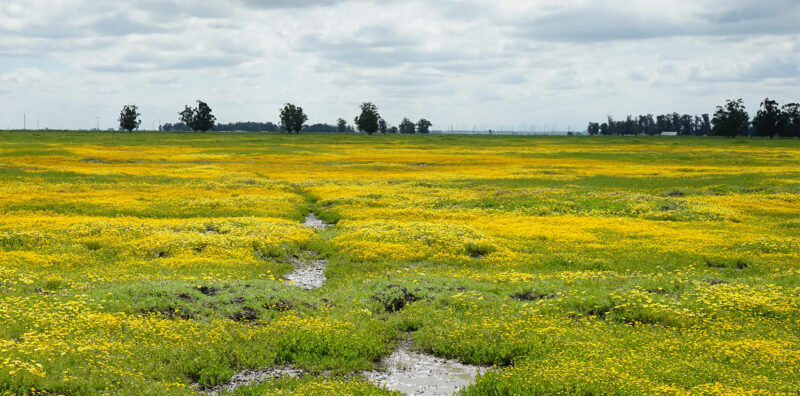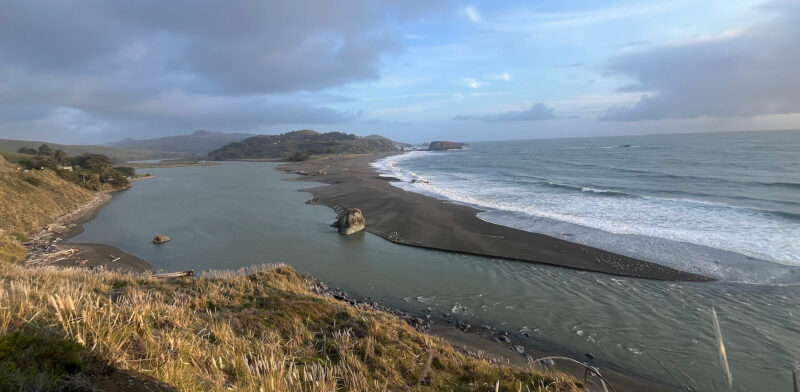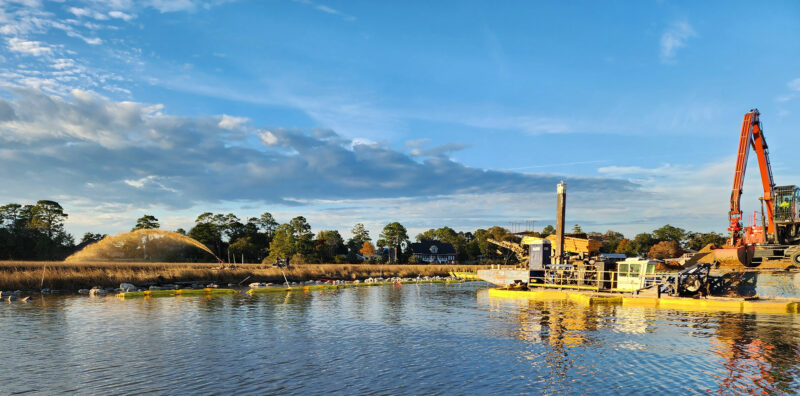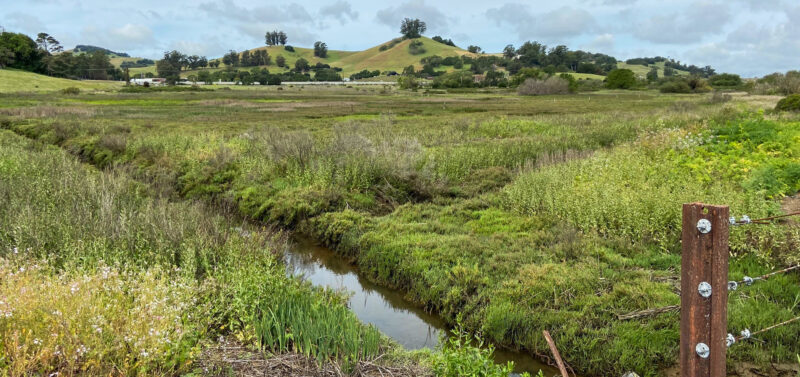ESA is once again a proud sponsor for this year’s Environmental Markets Conference in Seattle,...

Crissy Field Coastal Lagoon Restoration
The historic 127-acre tidal marsh and coastal lagoon at Crissy Field was filled nearly a century ago during construction of the Panama Pacific International Exposition and later used as an airfield.
Why does this project matter?
The lagoon has been transformed into a popular public waterfront park featuring 14 acres of restored coastal lagoon that serves as a focal point for visitors to San Francisco’s Presidio.
What is ESA doing to help?
ESA provided planning and design services to restore Crissy Field wetlands. The need to preserve historic cultural resources and public access limited the size of the restored wetland to 14 acres. Unlike previous tidal habitat restoration projects around San Francisco Bay, large amounts of wave-driven sands are naturally deposited along the site’s shoreline. A key design consideration was whether the wetland produces enough tidal scour to maintain an open connection to the Bay, or if deposition of beach sands at the mouth of the inlet would periodically close the entrance channel.
ESA monitored Crissy Field’s evolving beach-inlet-lagoon system for seven years following restoration. We used the monitoring data to develop a quantified conceptual model of inlet closure and breaching. This model was applied to predict how often the inlet would need to be excavated (breached) mechanically versus the reduction in breaching requirements with a larger wetland. These methods are being applied at other inlets to guide management actions.
Connect with our team
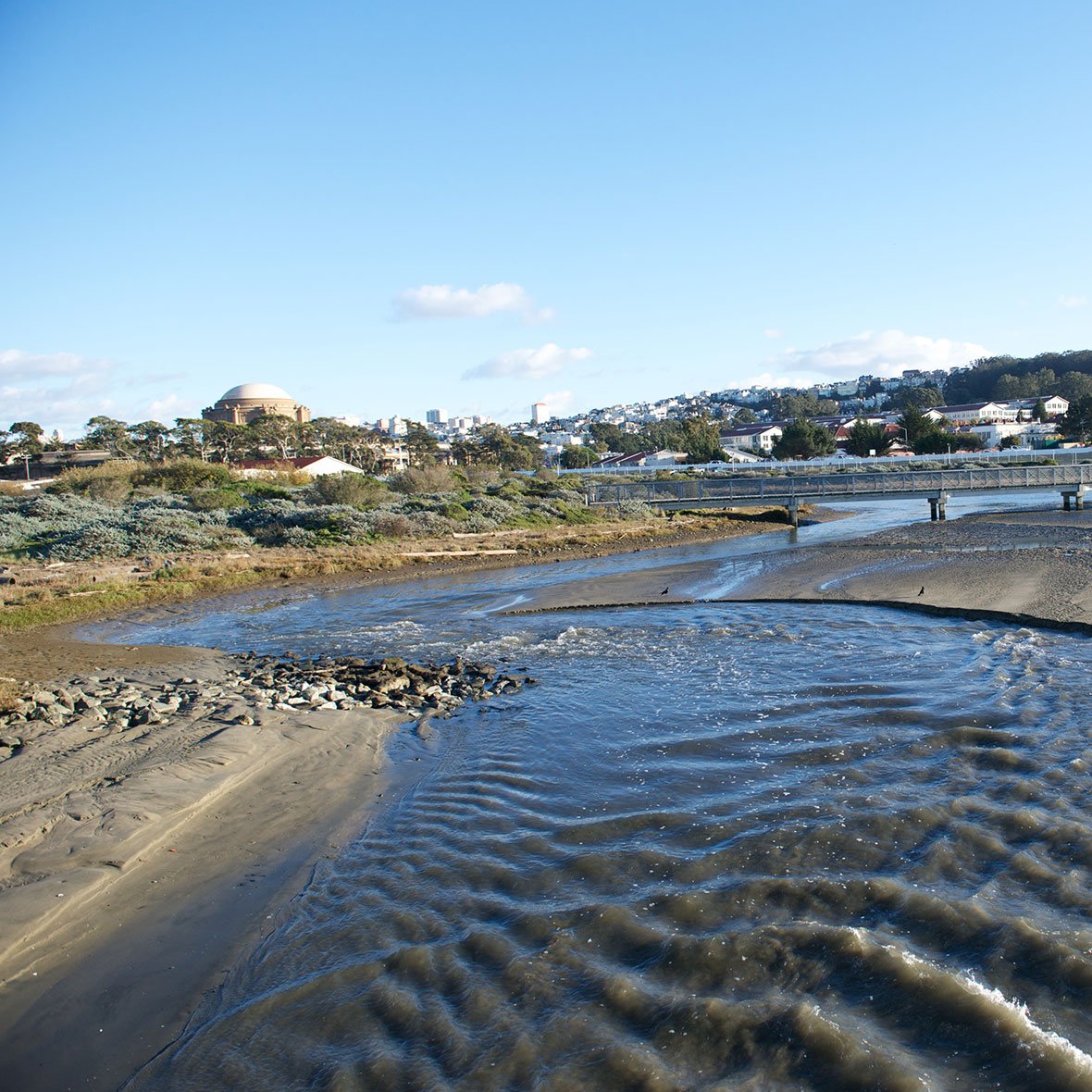
Similar Projects
News & Ideas
ESA is pleased to sponsor, present, and attend this year’s 42nd Annual Salmonid Restoration Conference...
ESA is excited to sponsor, present, and attend this year’s Annual Conference of the California...
On April 20, 2010, BP’s offshore oil-drilling rig, the Deepwater Horizon, exploded and sank 41...
A vast expanse of tidal sloughs, salt marshes, ephemeral streams, and oak woodlands once covered...
ESA is pleased to announce exciting new additions to the Northwest region as we welcome...

